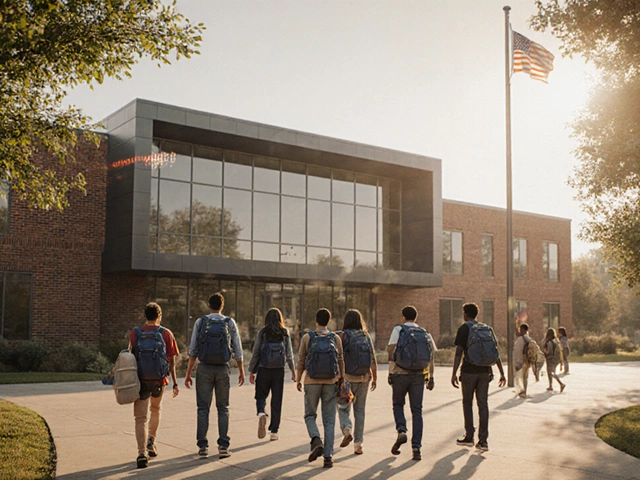Locksmith Wait Times: How Fast Can Help Arrive?
When talking about locksmith wait times, the period between a customer’s call and the locksmith’s arrival at the door. Also known as response time, this metric matters to anyone locked out, dealing with a broken lock, or needing a quick security upgrade. It’s not just a number; it reflects service quality, regional demand, and how well a locksmith company manages its resources.
What Influences How Long You Wait?
One of the biggest drivers is the type of service you need. Emergency locksmith, a 24/7, on‑call professional who rushes to lockouts and broken‑door situations, usually promises the shortest wait because the job is classified as high‑priority. Companies often staff emergency crews in multiple zones, which cuts travel distance. In contrast, a scheduled lock replacement or a non‑urgent key duplication might be placed in a regular queue, extending the wait by an hour or more.
Another piece of the puzzle is the call‑out fee, the fixed charge a locksmith adds to cover travel, time, and equipment costs. While it doesn’t directly change the minutes on the clock, a higher fee often signals premium, faster service. Some providers bundle the fee with a guaranteed response window—say, “arrive within 30 minutes or the fee is waived.” This pricing model pushes technicians to prioritize those jobs, shaving off waiting time for customers willing to pay a little extra.
Technology has reshaped the entire process. Modern dispatch software lets locksmith firms track technician locations in real time, automatically assign the nearest available worker, and send live ETA updates to the caller. When a company invests in a robust dispatch software, a digital platform that matches incoming jobs with the closest technician and streams status updates, the average wait drops noticeably. Customers see a clear timeline, and businesses reduce idle travel, making the whole system more efficient.
Customer expectations play a subtle yet powerful role. If a homeowner knows the average wait in their city is 45 minutes, they’ll likely rate a 35‑minute arrival as excellent. In areas where traffic congestion or rural distances are common, people adjust their expectations accordingly. When locksmiths communicate realistic times—thanks to transparent dispatch data—satisfaction rises even if the wait isn’t the absolute fastest.
Seasonal spikes also matter. Winter storms, holiday travel, or big events can flood the market with lock‑related calls. During these peaks, even emergency teams can see wait times stretch unless they have backup crews. Some businesses plan ahead by hiring temporary staff or partnering with nearby firms, ensuring the response window stays tight despite the surge.
All these elements—service type, pricing strategy, technology, customer mindset, and seasonal demand—interlock to shape the final wait time you experience. Understanding how they work together helps you make smarter choices: you can opt for a premium emergency plan, confirm the ETA before the locksmith heads out, or simply pick a provider that uses modern dispatch tools. Ready to see real examples of how wait times vary across cities, what fees you might expect, and tips for getting the fastest service? Below you’ll find a curated set of articles that break down the numbers, share insider tricks, and compare the top locksmith services in India and abroad.

Why Locksmiths Take So Long: Real Reasons Behind the Wait
Locked out and waiting? Explore the real reasons your locksmith takes so long, what happens behind the scenes, and expert tips to speed up locksmith service.
View More



